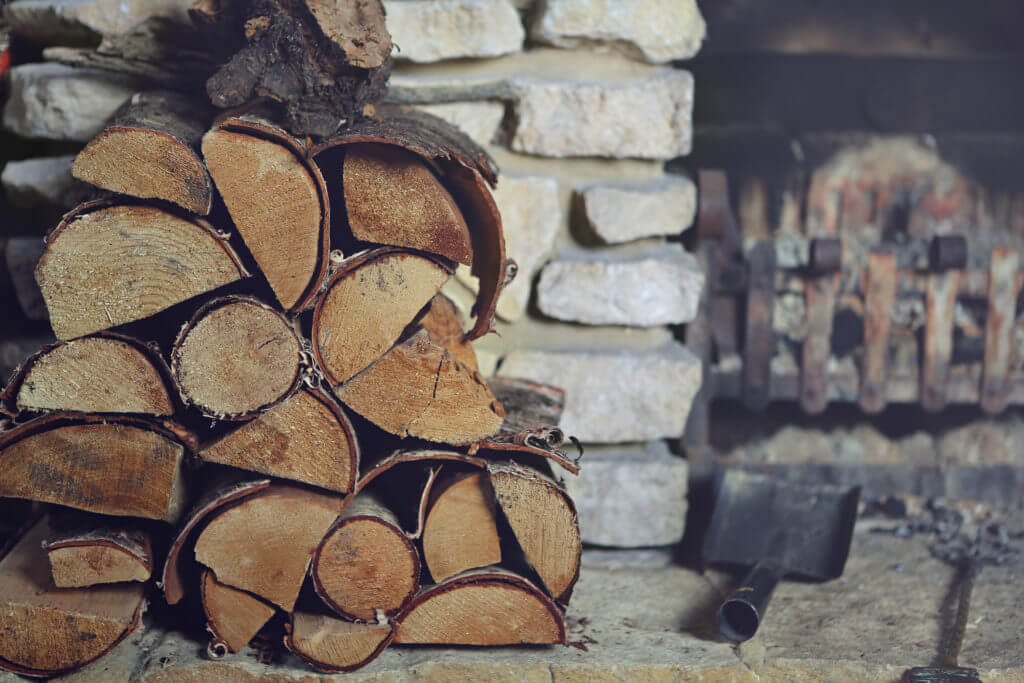Protect You and Your Family From a Silent Killer This Winter

Winter is again upon us, and that (hopefully) means you will be spending more time indoors. Unfortunately, while you may be getting a reprieve from cooler temperatures, you may also be putting yourself and your family at risk of increased carbon monoxide exposure.
Carbon Monoxide: The Silent Killer
Often called the ‘Silent Killer,’ carbon monoxide is a colorless, odorless and tasteless gas that is a byproduct of burning fuels like wood or kerosene. In high enough concentrations, it can lead to dizziness, cardiac arrest, seizures, and even death by starving bodily tissues of oxygen. So if you are using a wood or pellet stove to heat your home—like thousands of households across the country—you don’t necessarily need to stop, but you do need to pay extra mind to prevent dangerous carbon monoxide buildup.
Proper ventilation and equipment maintenance, in particular, are the keys to avoiding potential carbon monoxide poisoning. Improper ventilation can lead to negative pressure build-up which in turn causes carbon monoxide and other harmful toxins to vent back into a home. As you cannot smell or taste the gas, this poses a significant threat that may prove fatal if you are asleep. Be sure to always leave a window or two open by a few inches to circulate fresh air when burning wood or using a gas heater. You will also always want to check to make sure the damper is open before you start a fire if you are using an indoor fireplace.

It is also important to have any such heating devices serviced by certified technicians on an annual basis to ensure they are in good working order. Similarly, you should inspect your home’s vents and exhaust stacks in the event of a snow storm as too much snow could obstruct airflow. It is for these same reasons you should avoid starting a car that is sitting in deep snow as the tail pipe may be blocked.
Despite being entirely preventable, carbon monoxide poisoning has become increasingly common, particularly in more urban areas. The Centers for Disease Control and Prevention (CDC), for example, states that more than 400 Americans die from unintentional carbon monoxide poisoning each year with another 4,000 individuals requiring hospitalization. Given that the gas is entirely odorless, most individuals are not aware that there is a problem until it is entirely too late.
Your best method of protection—in addition to the previous tips—is to install quality carbon monoxide detectors in your home. A good rule of thumb is to have one on every level of your home, in bedrooms, and any other space that contains heating units (including non-electric water heaters), fireplaces, and stoves. You will also want to properly maintain these devices as they do not last forever (much like regular smoke alarms).
Another option is to invest in a portable carbon monoxide detector to monitor for airborne toxin when you are outside the comfort of your own home. Take SPARROW environmental health and safety monitors, for instance. This small device—no bigger than a garage door opener—packs a host of sensors that can alert you to unhealthy concentrations of carbon monoxide (as well as other environmental data like temperature and humidity). By clipping the device to your clothes, purse, stroller, etc., you can avoid areas with unhealthy air quality and plan for healthier routes in the future.
It also never hurts to have a backup carbon monoxide detector when you are lounging around the house or staying in a hotel. Not every room is going to have a dedicated carbon monoxide detector, so by having a portable device, you can quickly reveal which areas carry the greatest—if any—carbon monoxide risk.
